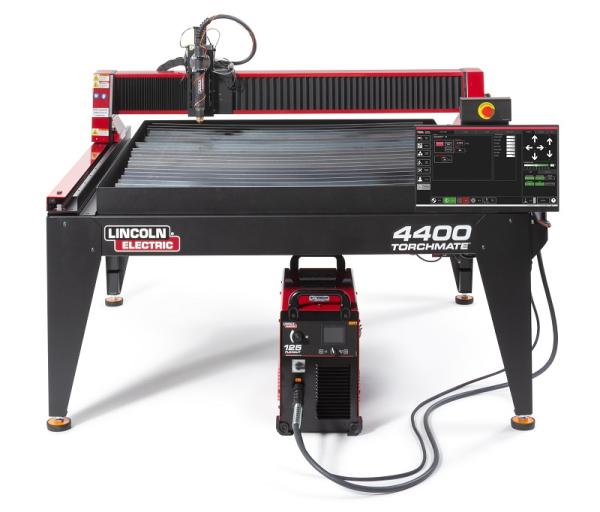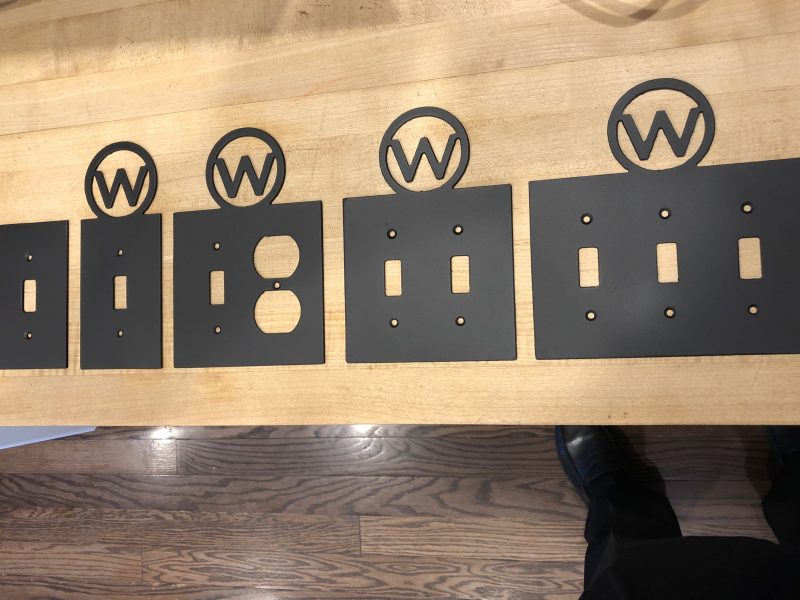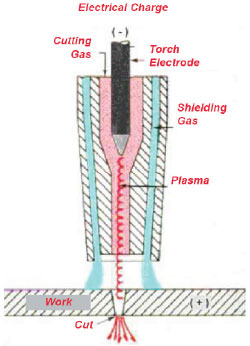Table of Contents
Are you tired of dealing with slag when CNC plasma cutting? Do you want a clean, precise cut every time? Look no further, because in this article, we will show you how to CNC plasma cut with no slag. By following these simple steps, you can achieve a professional-grade cut that will make your projects look top-notch. Let’s dive in and learn how to master CNC plasma cutting!
Plasma cutting is an essential technique for metalworking, but slag can be a frustrating byproduct of the process. It can be difficult to remove, and it leaves an unsightly finish on your workpiece. Fortunately, there are ways to avoid slag altogether. In this article, we’ll explore the various factors that contribute to slag formation and provide you with tips and tricks to minimize its occurrence. With our guidance, you’ll be able to produce cleaner, more precise cuts that are sure to impress. So, let’s get started!
To CNC plasma cut with no slag, follow these steps:
- Use a high-quality plasma cutter that can produce a clean cut.
- Adjust the air pressure and gas flow to the correct settings for your material.
- Ensure the workpiece is clean and free of any debris or rust.
- Select the appropriate cutting speed and torch height for your material thickness.
- Use a water table or downdraft table to reduce slag buildup.
- Inspect and maintain your machine regularly to ensure it is operating at peak performance.
How to CNC Plasma Cut With No Slag?
Plasma cutting is an efficient and precise way of cutting metal sheets. However, one of the downsides of the traditional plasma cutting process is the production of slag. Slag is the melted metal that hardens on the surface of the metal sheet after the plasma cutting process. Although slag can be removed using different techniques, it can be a time-consuming and costly process. In this article, we will discuss how to CNC plasma cut with no slag, which is a cleaner and faster cutting process.
Understanding CNC Plasma Cutting
CNC plasma cutting is a high-tech method of cutting metal sheets using a computer-controlled plasma torch. The computer program controls the plasma torch’s movement, speed, and intensity to produce precise and clean cuts. CNC plasma cutting is an ideal method for cutting thick and thin metal sheets, as it provides clean and sharp edges. The process involves ionizing a gas, typically compressed air, into plasma, which is then directed at the metal sheet.
To CNC plasma cut with no slag, you need to ensure that you have the right equipment and settings to achieve a clean and precise cut.
Equipment Required for CNC Plasma Cutting
To CNC plasma cut with no slag, you need the following equipment:
1. CNC plasma cutting machine
2. Plasma torch
3. Gas supply (compressed air)
4. Cutting table
5. Computer with CNC software
The CNC plasma cutting machine is the primary equipment required for CNC plasma cutting. The machine should be able to handle the thickness of the metal sheet you want to cut, and the plasma torch should be compatible with the machine.
Settings Required for CNC Plasma Cutting
To CNC plasma cut with no slag, you need to adjust the following settings:
1. Cutting speed
2. Plasma arc voltage
3. Gas flow rate
4. Distance between the torch and the metal sheet
The cutting speed should be adjusted based on the thickness of the metal sheet. The plasma arc voltage should be set to produce a clean cut, and the gas flow rate should be optimized to ensure that the plasma arc remains stable. The distance between the torch and the metal sheet should be set based on the thickness of the metal sheet and the plasma torch’s cutting capacity.
Benefits of CNC Plasma Cutting with No Slag
CNC plasma cutting with no slag offers the following benefits:
1. Faster cutting speed
2. Cleaner and smoother cuts
3. Reduced post-cutting cleaning time
4. Improved precision and accuracy
5. Reduced material waste
CNC plasma cutting with no slag is a more efficient and cost-effective method of cutting metal sheets, as it reduces the post-cutting cleaning time and improves the overall cutting speed.
CNC Plasma Cutting with No Slag vs Traditional Plasma Cutting
Traditional plasma cutting produces slag, which can be a time-consuming and costly process to remove. CNC plasma cutting with no slag eliminates the need for post-cutting cleaning, reducing the overall cutting time and cost. CNC plasma cutting with no slag also produces cleaner and smoother cuts, improving the overall quality of the finished product.
Conclusion
CNC plasma cutting with no slag is an efficient and precise method of cutting metal sheets. By understanding the equipment and settings required for CNC plasma cutting with no slag, you can achieve clean and precise cuts, reducing the overall cutting time and cost. The benefits of CNC plasma cutting with no slag make it a popular choice for metal fabrication and cutting industries.
Frequently Asked Questions
Plasma cutting is an effective and efficient way to cut metal, but the downside is that it can leave behind slag. However, there are ways to minimize or eliminate slag while plasma cutting. Here are some frequently asked questions about how to CNC plasma cut with no slag.
What causes slag when plasma cutting?
Slag is the byproduct of plasma cutting that forms when the molten metal cools and hardens. It is caused by a few different factors. One is the speed at which the cutting process is done. If the speed is too slow, the heat buildup can cause the metal to melt and create slag. Another factor is the type of gas used during the cutting process. Some gases can cause more slag than others. Lastly, the type and quality of the consumables used can also impact the amount of slag produced.
To minimize slag, it is important to use the correct cutting speed, gas, and consumables for the type of metal being cut. Additionally, keeping the plasma cutter clean and maintained can also help reduce slag.
Can you eliminate slag completely when plasma cutting?
While it may not be possible to completely eliminate slag when plasma cutting, there are ways to reduce it significantly. One method is to use a high-definition plasma cutter, which produces a narrower kerf and a smaller heat-affected zone. This can help reduce the amount of molten metal that cools and hardens into slag.
Another method is to use a cutting table with a water tray. The water helps cool the metal quickly, which can prevent the formation of slag. Some plasma cutters also have a built-in water table feature that can help reduce slag.
What are some tips for reducing slag when plasma cutting?
In addition to using the correct speed, gas, and consumables for the metal being cut, there are a few other tips that can help reduce slag when plasma cutting. One is to ensure that the plasma cutter is properly calibrated and maintained. This can help ensure that the cutting process is consistent and produces minimal slag.
Another tip is to use a drag shield or standoff guide. These accessories can help keep the plasma cutting torch at a consistent distance from the metal, which can help reduce slag. It is also important to keep the cutting area clean and free of debris, as this can cause the torch to bounce and create more slag.
How does the thickness of the metal being cut affect slag?
The thickness of the metal being cut can have a significant impact on the amount of slag produced. Thicker metals require more heat to cut, which can result in more molten metal and more slag. However, using a high-definition plasma cutter or a water table can help reduce slag even when cutting thicker metals.
It is important to note that thicker metals may also require a slower cutting speed, which can increase the risk of slag formation. It is important to find the right balance between speed and heat to minimize slag while still achieving a clean and accurate cut.
What are some common mistakes that can lead to excess slag when plasma cutting?
One common mistake that can lead to excess slag when plasma cutting is using the wrong cutting speed. If the speed is too slow, the metal can become overheated and create more slag. Another mistake is using the wrong gas or consumables for the metal being cut. This can also lead to excess slag.
Other mistakes include using a dirty or poorly maintained plasma cutter, using the wrong cutting technique (such as not keeping the torch at a consistent distance from the metal), and not using a proper cutting table or water tray. By avoiding these mistakes and following best practices for plasma cutting, it is possible to minimize or eliminate slag and achieve clean, accurate cuts.
In conclusion, CNC plasma cutting with no slag is not an impossible task. With the right techniques and equipment, you can achieve clean and precise cuts without any slag. By following the steps outlined in this article, you can significantly reduce the amount of post-cutting cleanup time and increase your efficiency.
Remember to take your time during the setup process, ensuring that all of your equipment is working correctly, and the material is securely clamped in place. Utilize the correct consumables and settings for the material you are cutting, and keep your cutting speeds and amperage within the optimal range.
By implementing these best practices and continuously refining your techniques, you can achieve high-quality results and improve your CNC plasma cutting abilities. With patience and practice, you can become proficient in cutting with no slag, saving you time and increasing your productivity in the long run.
Request a quote today!
[contact-form-7 id="1578" title="Contact form"]
Please compress the file into a ZIP or RAR file before uploading. Alternatively, send through your RFQ by email.
enquires@unitymanufacture.com





